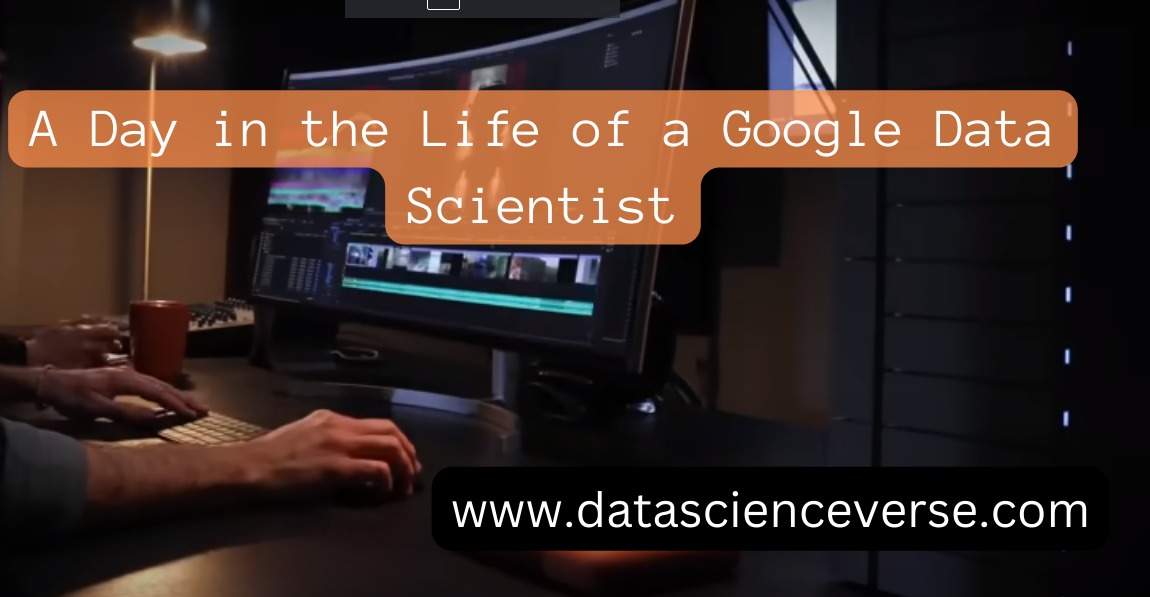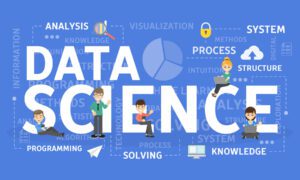Becoming a data scientist at Google is not a joke. The Google data scientists’ job criteria includes familiarity with statistical tools and two years of professional experience. Among all the businesses in the world, Google is very data-driven.
Every aspect of Google’s business produces enormous amounts of data, including the vast number of search results from its name-brand search engine, location, expansive advertising tools, and the Android operating system.
As a result, data scientists play a crucial role in the industry. They forecast customer and company potential using statistical techniques and data pipelines. They use machine learning to recommend search results and develop algorithms to train Google’s virtual assistant to understand voice commands.
Responsibility and impact of data scientist at google
A data analyst’s workflow consists of requirements gathering, queries, visualization, and data validation. It can be done by studying best data science blogs.
Data scientists usually set up a meeting with the business stakeholder in the requirement-gathering via communication with stakeholders. These requirements include what type of data? What visuals and other functionalities do they want on the report?
An unusual element of a data scientist’s day is talking with people who are not data professionals. Even meetings will center around data as you try to comprehend the difficulties. These meetings would appear to be a trivial aspect of a data scientist’s day, but the opposite is true because, in the end, your goal is to solve problems rather than develop models.
The next step is querying data, where data scientists use SQL to pull specific tables and data for the report. This effort might require extra thought as there might be multiple drawing clauses and exact time intervals within the query.
Data Visualization: After querying the data scientists need, they build out the report with visualizations such as graphs, tables, and other key performance indicators using matplotlib line and scatter plot. Data scientists use data visualization tools to show real-world examples of how the model performs when applied to actual customers.
They design presentations with the flow to tell a story the data can tell in a way that is simple to understand and captivating to the stakeholders.
The data validation process is crucial. Without data validation, your dashboard may display inaccurate data, rendering the dashboard utterly worthless. It is essential to make sure the dashboard is showing accurate data.
What types of issues are resolved by data scientists?
A data scientist’s primary responsibility is to look for patterns in massive data sets. However, this activity typically leaves out a lot of background. The question of the best and most effective approaches to answering these questions arises once we have knowledge of the data and the questions we wish to address. These two don’t always concur, and the differences are frequently very noticeable when they do. It is a typical issue in computer science.
For instance, should we use a search method to get the maximal element, or should we sort all of the items before choosing the stuff at the top of the stack? Likewise, in data science, one may wonder whether it is necessary to use an expensive technique like clustering (which may require numerous rounds across a data set) or if the questions may be answered with a less complex distance computation.
Select a strategy for resolving the data science issue
A data scientist investigates the best and most effective ways to respond to these questions after gathering all the data and determining the questions to answer. A data scientist’s job is to develop a trade-off solution because the best and most efficient options aren’t always the same.
However, a more straightforward distance computation technique could potentially answer these queries. A data scientist must choose the most effective strategy for solving a data science problem. Different algorithmic techniques can explore various data science issues. A few of these are listed below:
The two-class classification approach works best for finding answers to questions with just two possible responses.
A multi-class classification approach works best for finding solutions to queries with several viable solutions.
Reinforcement learning algorithms work better when a situation is not forecast and requires you to find the best action.
Regression functions better when the response to a question is an actual benefit rather than a class or category.
Perform in-depth data analysis
To obtain actionable insight, it is necessary to examine the data from 2.1 billion mobile devices and 216 million laptops sold last year. Building tailored data products and automated machine learning pipelines for successful business decision-making is the responsibility of a data scientist.
A data scientist examines the data after investigating it and choosing a strategy to extract useful information. Different open-source Python and R modules and tools are available to analyze data for better decision-making. After that, a data scientist must begin experimenting with several machine learning techniques to see which suits their data science problem the best.
Create a machine learning model to provide the answers. Compare the model you created with the data you collected. Apply the required algorithms, then carry out the statistical analysis. Utilize a variety of data visualization methods to present the findings. Compare the outcomes compared to other methods. Data scientists at Google explore several models and methodologies before determining the most effective answer to a data science challenge.
What is an average google data scientist’s salary?
The typical Google Data Scientist’s salary is $169,067 per year. The base salary is $139,650, with a bonus of $29,417. So, the total remuneration is $39,856, higher than the data scientist’s salary in the US. At Google, data scientists can earn between $120,000 and $280,000 with equity between 0 and 150K+. At Google, the Engineering Division makes $3,242 more on average than the IT Division.













































